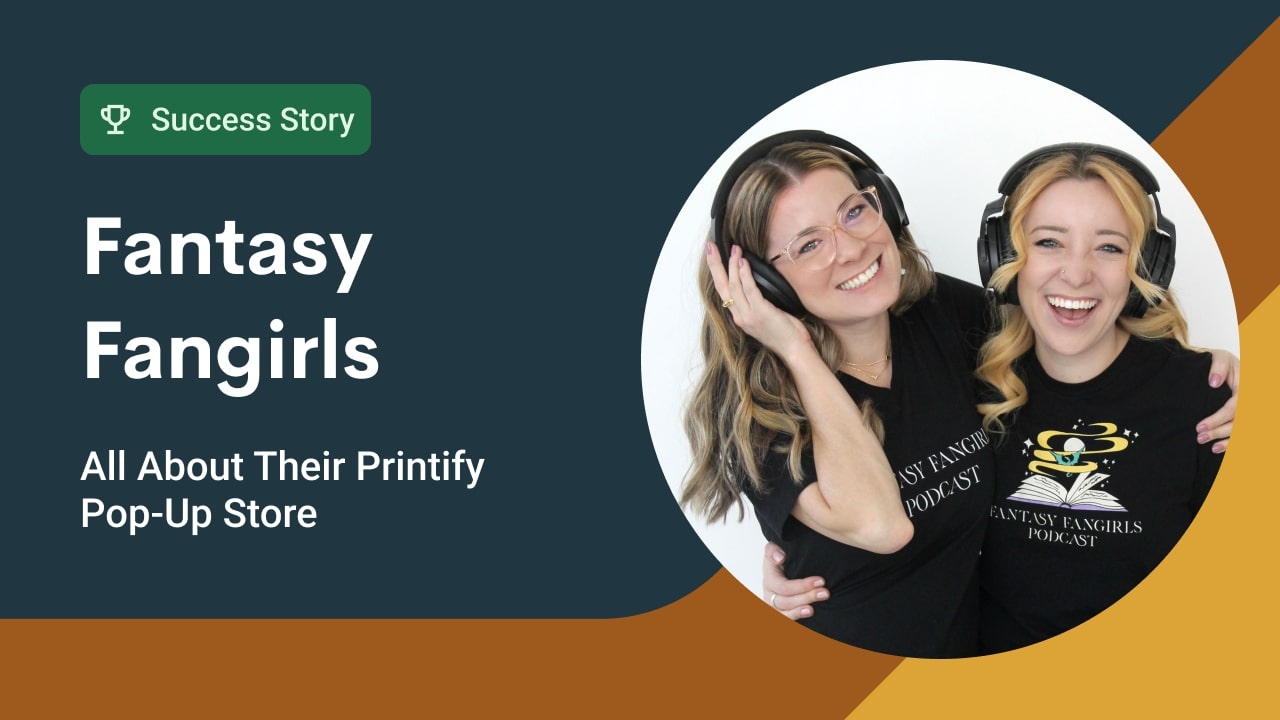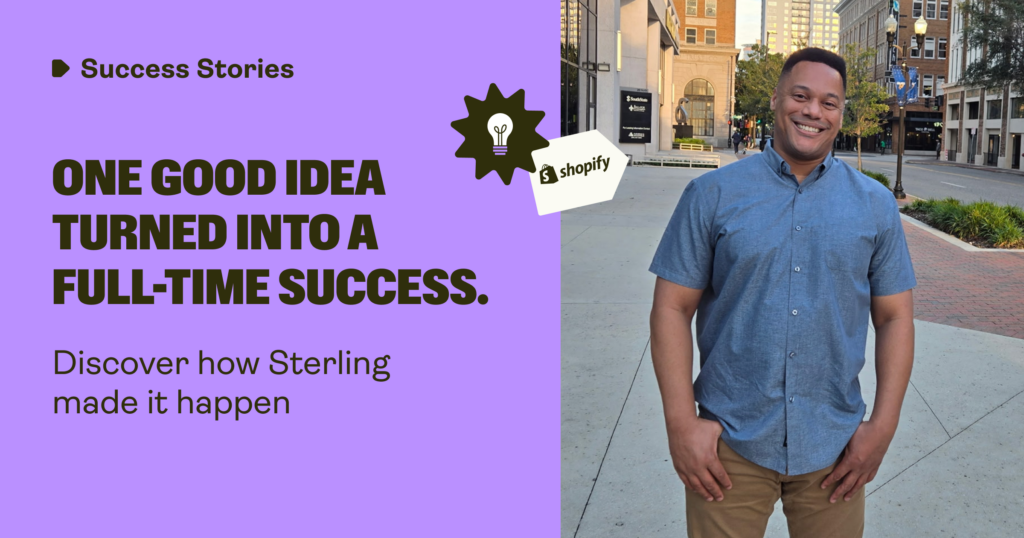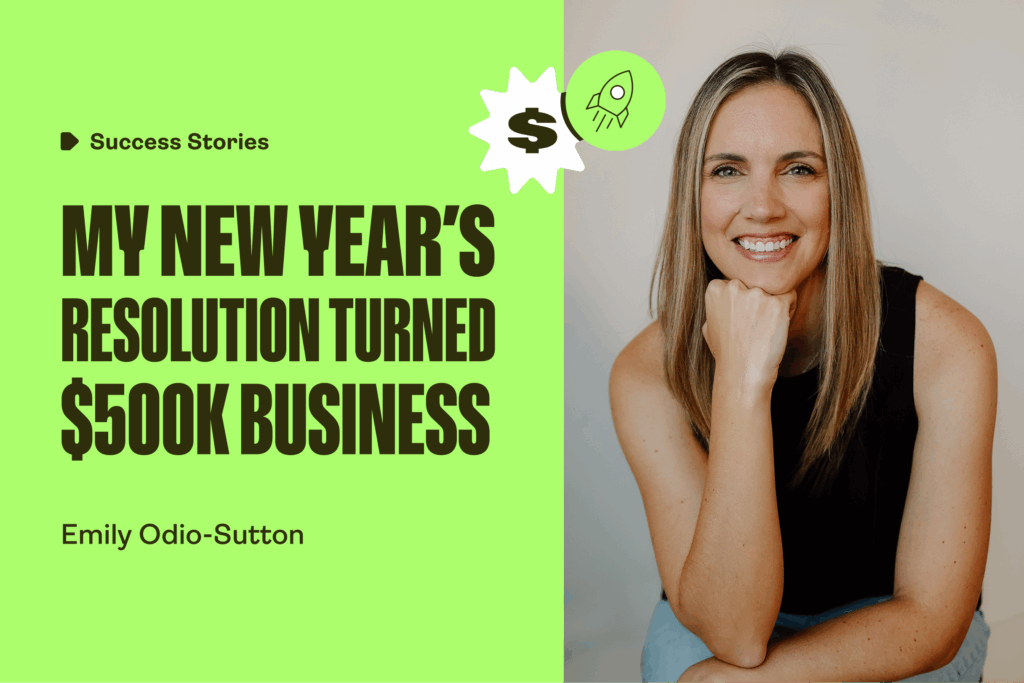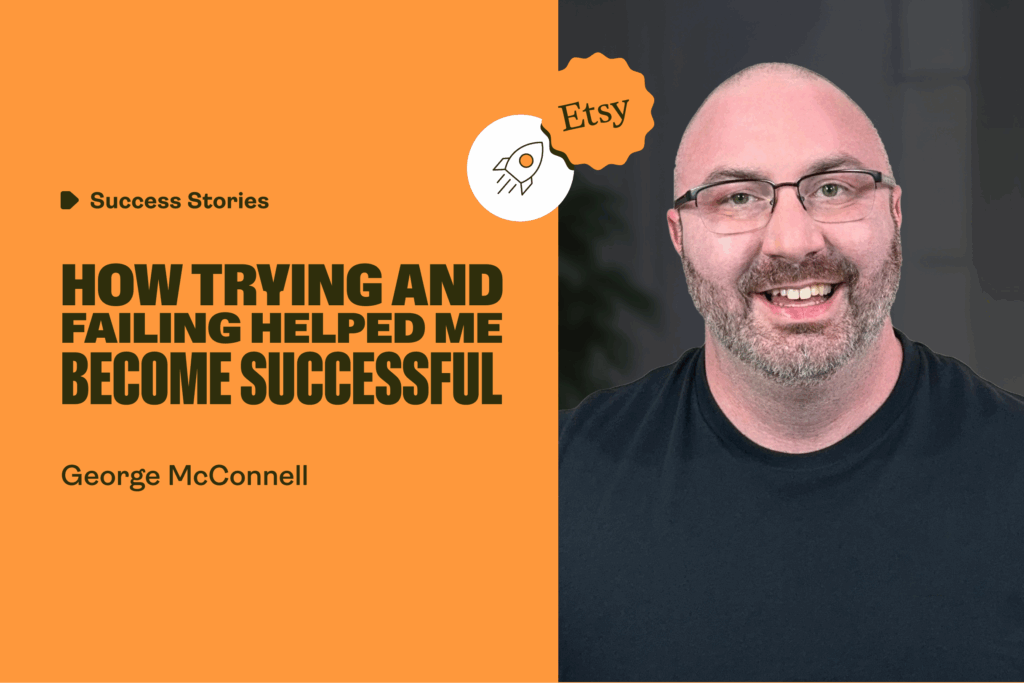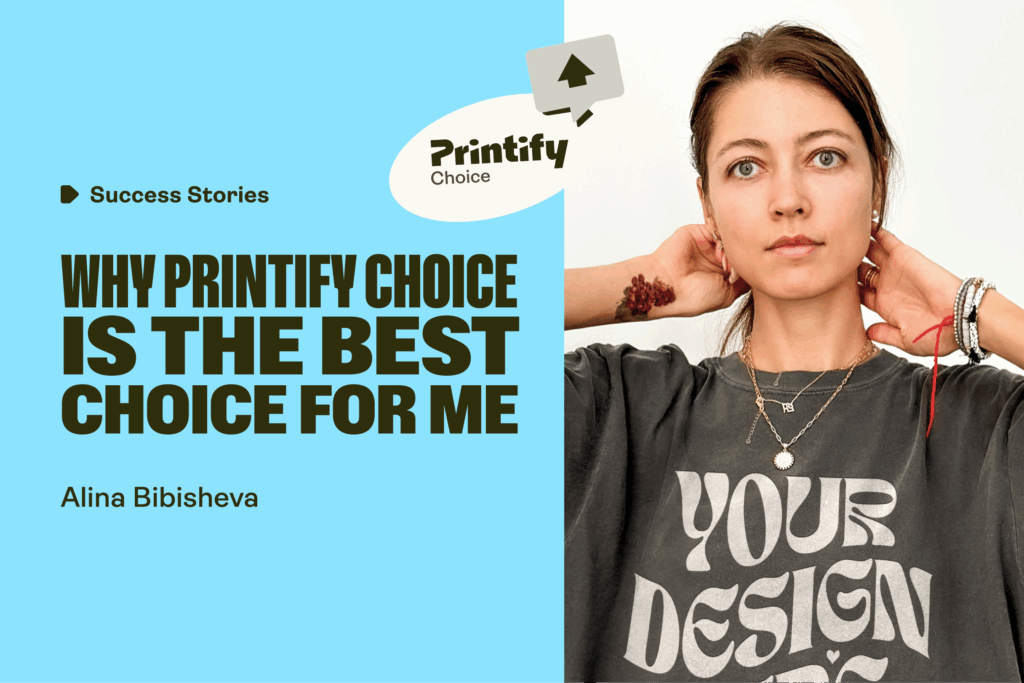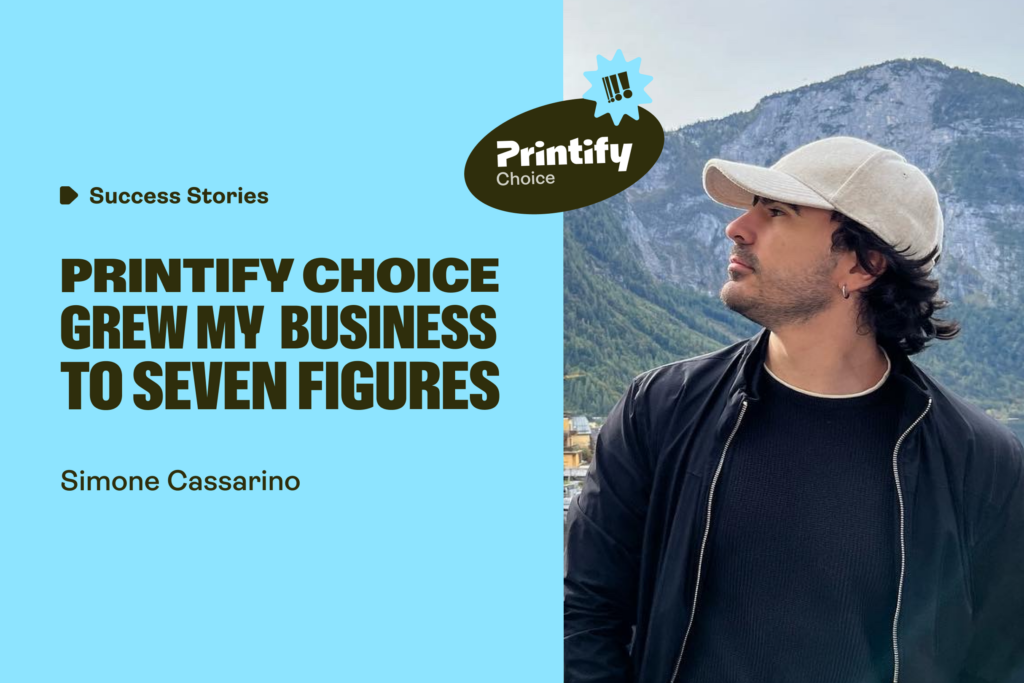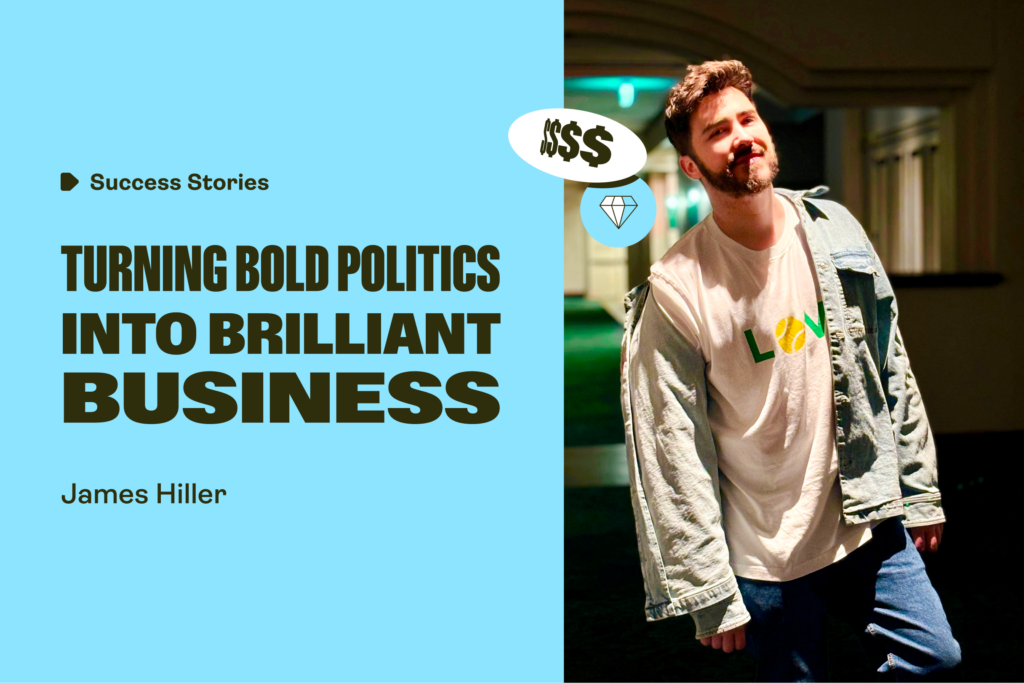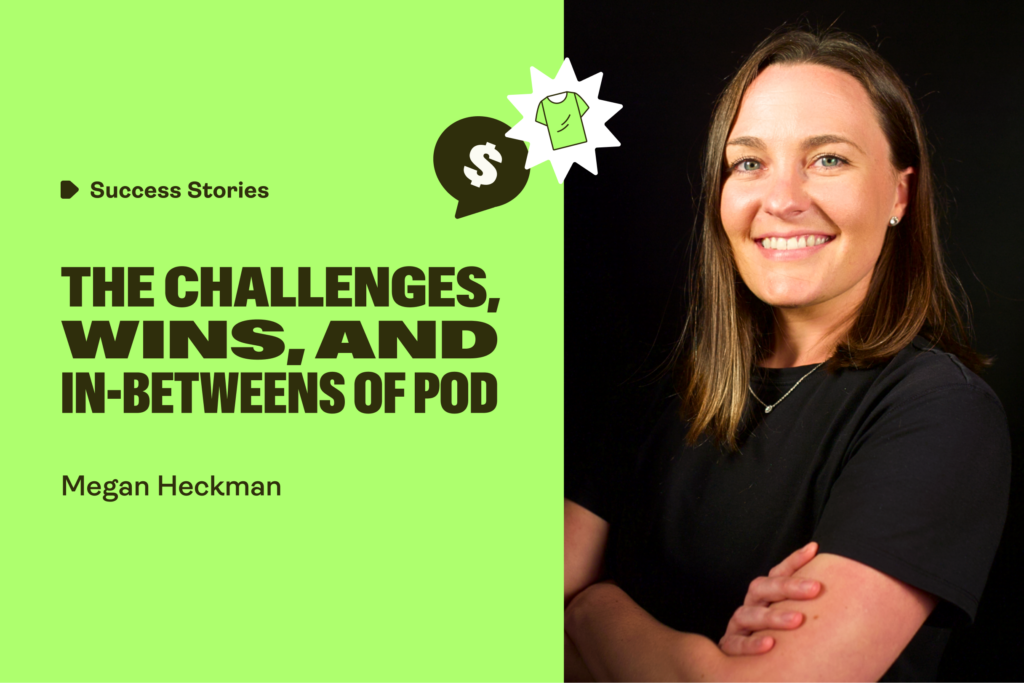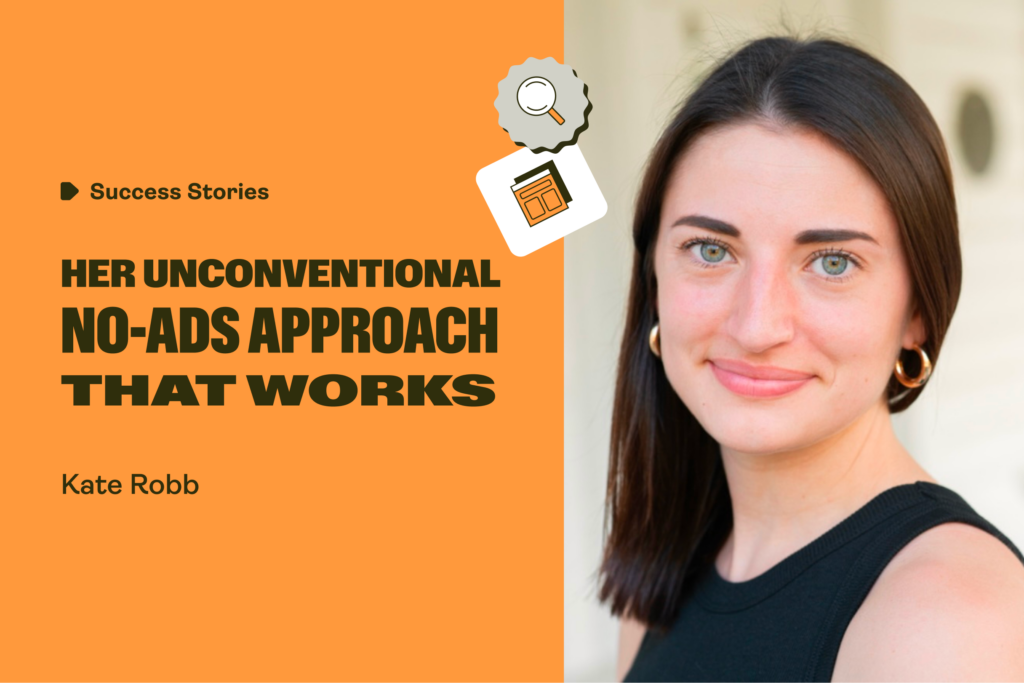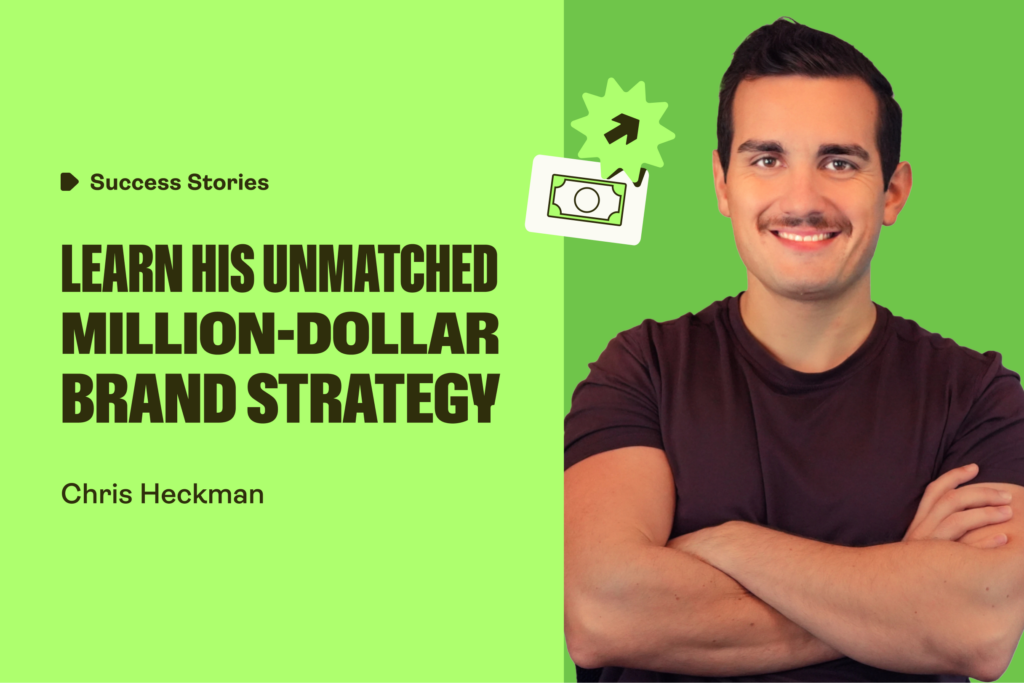Your POD success story starts now
In an era of online influencers, content creators are no longer just video and podcast producers. They’re also savvy marketers and successful business owners who can benefit greatly from creating a Printify Pop-Up Store.
Many of these entrepreneurs use custom merchandise to take their personal brands beyond social media and out into the real world. It’s a potentially lucrative monetization strategy – perfect for the print-on-demand business model.
Today, we’ll hear the story of two sisters, Nicole Holleman and Lexi Ayala, who successfully launched a profitable POD merchandise store for their popular podcast Fantasy Fangirls.
Nicole took time from the pair’s busy recording schedule to explain how they created a brand around their fantasy book review series. She also covers why they chose to use Printify’s Pop-Up Store to sell their merchandise.
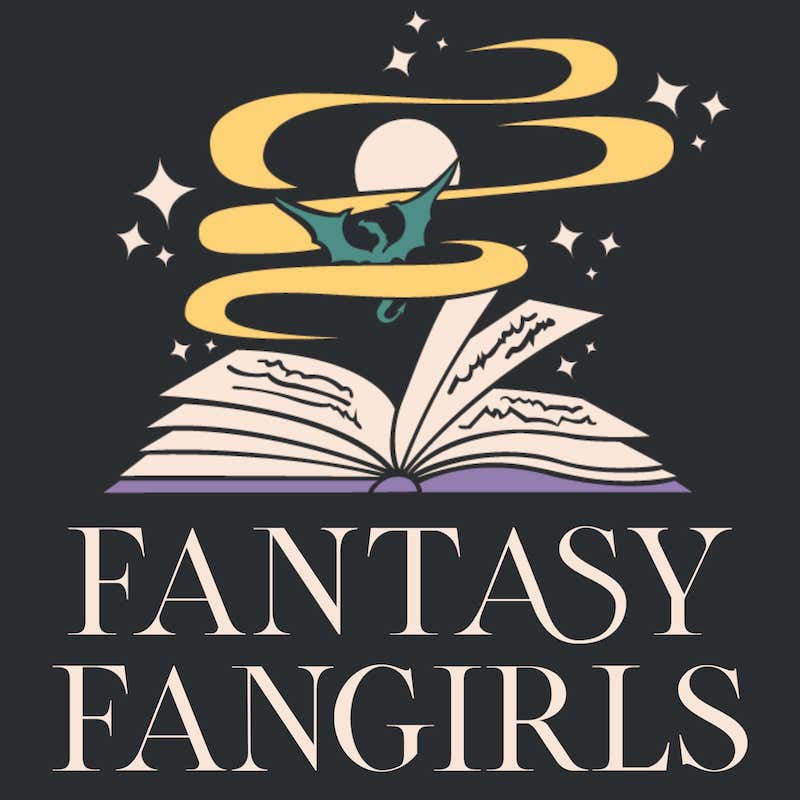
Hi Nicole, when did you start the Fantasy Fangirls podcast?
“My sister Lexi and I started the podcast back in September 2023.
The theme is centered around deep diving into fantasy and romance books. We do in-depth explorations of the themes and lore, sometimes spending over 13 weeks or episodes on a single novel.
When we started out, we had no existing community to rely on, and our goal was to achieve 20 downloads in our first week.
As it turns out, we ended up going viral on TikTok. We got 5,000 downloads in our first week and went on to hit 1 million downloads after just three months. I still tell the story like it isn’t real.”
You got that many listeners in such a short time?
“Yeah. The whole thing was a happy accident. We just wanted to start a podcast about books.
We began with the novel Fourth Wing by Rebecca Yarros, which was mega popular on TikTok at the time, with its various hashtags generating over a billion views combined.
When the sequel Iron Flame came out in November 2023, we were covering the first book in the lead-up to the second book’s release. Plenty of people were talking about it, but none were doing it in the deep-dive, podcast-style format that people seemed to be hungry for.
I guess we just inserted ourselves into a trend that was already on the up and up, and things just went from there.”
What gave you the idea to sell POD merchandise?
“We’ve now curated a 134,000-person community that we love so much. We learned very quickly that they’re all kind of obsessed with bookish merch, and they would keep asking for themed items from the podcasts.
I was an entrepreneur for five years before starting the podcast, so I knew we had to figure out how to create our own brand. Plus my sister, Lexi, has been in marketing and PR for years, so she knew how to take that brand and run with it.
After asking around, I discovered Print on Demand. The business model worked really well, as there was no way we would have had the time to order the stock and learn how to distribute it worldwide.
We liked that Printify had such a wide range of products, and the prices seemed like we could keep our items affordable. We didn’t want to price people out of the merchandise, as we knew that collecting books was already a pretty expensive hobby.
Once we began making merch for the show, it ended up going incredibly well. It’s now one of our sources of revenue for the podcast.”
Do you have a background in graphic design?
“I don’t have any formal training, but I already enjoyed designing things on Canva, and I consider myself a creative person.
My sister is very meticulous, and her attention to detail helps ensure the designs are perfect before we publish them.
Lately, we’ve also begun to collaborate with other people in the community who are artists.
For example, one person we’ve become friends with designs amazing stickers and other digital art. It’s been really fun to see another person’s take on a design idea, and we now have a plethora of different designs and styles in our store.”
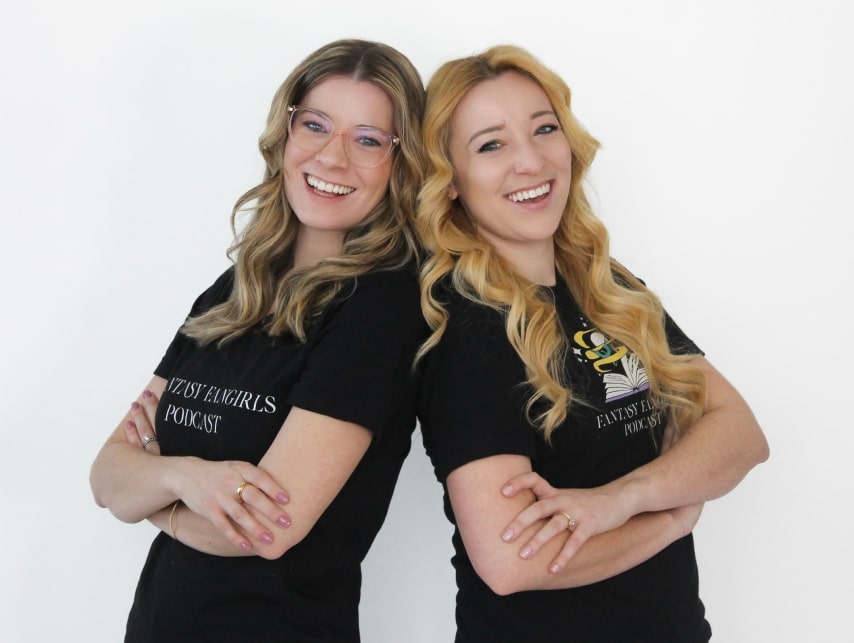
How did you find the learning curve with POD?
“I actually began to question why it was so easy to bring the designs into Printify and get started. I think we got the entire merch store up and running in three days.
The only reason it took that long was because we were focused on getting the details right. If we’d have rushed, I think we could have gotten it online in 24 hours.”
Why did you choose to use a Printify Pop-Up Store?
“Unlike many print-on-demand sellers who start from zero, we already had an audience for our podcast.
For that reason, we didn’t need to show up in Google search results or tap into the traffic of a platform like Etsy. Our potential buyers would simply be clicking on a link in the show notes or via our website.
For those reasons, we decided a Printify Pop-Up Store would be the perfect solution. We could get up and running with the minimum fuss and didn’t need to set up third-party stores with Etsy or Shopify and link them to our Printify account.”
Are there any other advantages to a Pop-Up Store?
“I love the quote, ‘If you build it, they will come.’
The nice thing about Printify’s Pop-Up Store is that it makes it simple to build a merchandise shop, and you’re not penalized if you go a whole month and only one person buys from you. That’s really important because it means you can focus on building slowly and pouring as much love and effort as possible into your products.
Another advantage is the ease of simply displaying a URL for people to click. I also like the layout of the Pop-Up Store and the fact I don’t have to design or build anything.
The entire thing is seamless, and there didn’t feel like any hurdles getting the merch store up and running.”
What were your biggest fears when starting out?
“Our main anxieties were whether people would like our designs and that they were crisp, clear, and of a good quality.
Like many beginners, we had plenty of issues with pixel counts and creating designs with words that people weren’t able to read. It took a lot of trial and error to get right.
It can also be stressful when you’re dealing with a global audience. We worried that customers in Australia or the United Kingdom wouldn’t get their orders on time.
For instance, we did a Christmas sweater that unfortunately didn’t arrive until after the holidays. Luckily we have a really close and friendly community, and it was really sweet the way they handled it.
We’ve learned a lot since then, and we now know how crazy the holiday season can get, so we’ll make sure we allow plenty of time next year.”
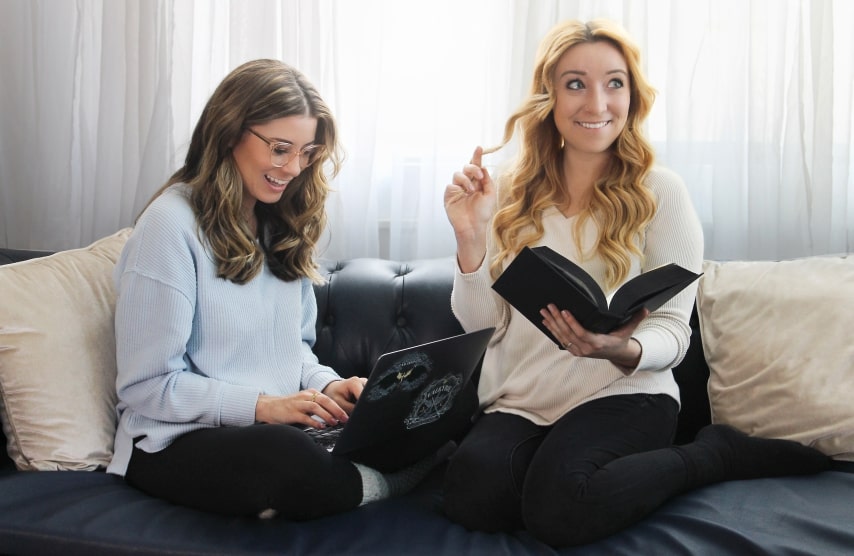
What helped during those kinds of situations?
“Printify Customer Service has been pretty seamless. We now have a large store, and it’s inevitable that things go wrong from time to time.
However, when I contacted the team, they always immediately reimbursed the customers or quickly organized a reprint.
On the creator side of things, I’ve often used the chat function and been able to figure out things pretty quickly.”
How do you decide what designs to publish in your store?
“Figuring out what people want can be tough. The nice thing for us is that we already had an audience who would request new designs, so in that sense, we had it pretty easy.
Our followers would send messages requesting t-shirts and tumblers with sayings and catchphrases from the show.
Whenever we made a new item, we’d make an Instagram reel or a TikTok video to show it off.
The whole experience has been a lot of fun and it’s been great to see how well the merch has been received.”
How do you handle marketing?
“We mostly use our podcast to advertise our merchandise. For instance, we’ll wear our own clothing or have a mug or water bottle on display while recording. We don’t necessarily mention the merch directly, but even if we include a simple link in the show notes, we’ll get people purchasing items.
If we’re launching something new, we’ll mention it in our social media feeds. Mostly, though, we just use the podcast itself and don’t do a whole lot of dedicated marketing.
We’re really lucky to have a community behind us that supports what we do. They cheer us on and buy our products because they know the money goes directly to us, and they want us to succeed and make this our full-time job.”
What has been your greatest success so far?
“Some of the books we reviewed had some very descriptive romantic scenes that definitely weren’t PG-rated. We made a sweater that was a nod to one of those steamy scenes, and it proved to be a huge hit.
People were telling us that they couldn’t wait to wear it to Christmas parties and be the only one in the room who knew what the design was about. It became a big inside joke, and it was insanely cool and made us so happy.
We also went to a midnight release party at Barnes and Noble for the Fourth Wing sequel, Iron Flame. While we were there, we saw people wearing another one of our inside joke shirts, and others were wearing Fantasy Fangirl logo merch. It was such a cool moment.
We were laughing about the surreal situation we were in, and then someone recognized us just by my sister Lexi’s laugh.
We ended up giving out stickers, and it was one of those stages in our journey where we realized that we weren’t the same people as a few months before. It was really wild.”
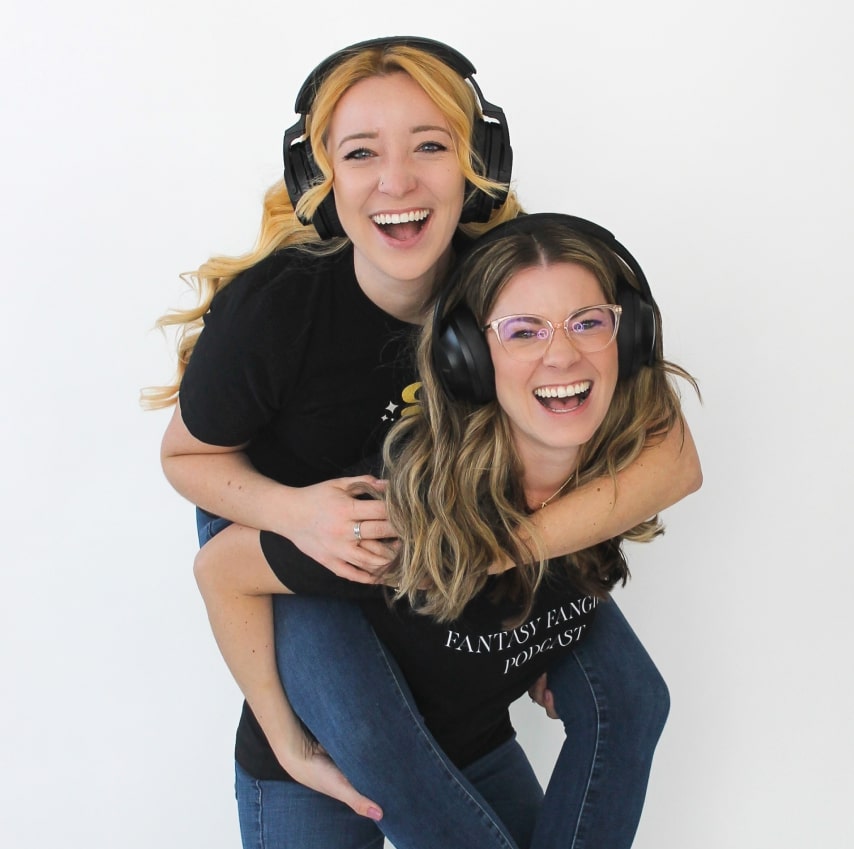
What advice would you give for starting a creative project?
“Don’t focus on how you can get an audience of 135,000 people as fast as possible. Focus on creating the best experience for every person.
After a while, that person will tell ten people about you, and those ten people will each tell ten more.
Fantasy Fangirls grew in this exact way, with people sharing our videos and telling others about the podcast. It was all by word of mouth.”
What is the secret to your success?
“I think people recognized that we were doing our best to give back to our community. We were never about trying to make the most money possible out of our fans.
That’s one of the reasons I believe we have succeeded because we’re genuinely trying to make the happiest audience in human history.
People love supporting people who love supporting people.
We’ve always thought about what we can do for our listeners rather than what they can do for us.
We believe that’s the secret to success, end of story.”



